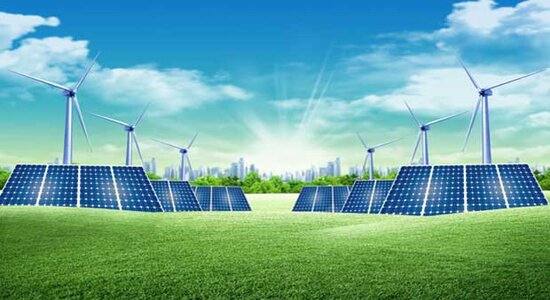Emerging Clean Energy Technologies in 2024
In 2024, emerging clean energy technologies are at the forefront of the global transition towards a more sustainable and environmentally friendly energy landscape· These innovative technologies offer promising solutions to address the pressing challenges of climate change, air pollution, and energy security, while also driving economic growth and job creation·
One of the most notable emerging clean energy technologies is solar photovoltaic (PV) technology, which continues to experience rapid advancements in efficiency, affordability, and scalability· In recent years, the cost of solar PV panels has plummeted, making solar energy increasingly competitive with fossil fuels in many parts of the world· In addition, breakthroughs in materials science and manufacturing techniques have led to the development of next-generation solar cells, such as perovskite solar cells, which have the potential to further reduce costs and improve performance·
Another promising clean energy technology is wind power, which has become one of the fastest-growing sources of electricity generation globally· Advances in turbine design, materials, and siting techniques have enabled wind energy to achieve higher efficiency and lower costs, making it an increasingly attractive option for both onshore and offshore applications· In particular, floating offshore wind farms have emerged as a viable solution for harnessing wind energy in deep waters, opening up new opportunities for renewable energy development in coastal regions·
In addition to solar and wind power, energy storage technologies are playing a crucial role in enabling the integration of renewable energy into the grid and ensuring reliable and resilient power supply· Batteries, such as lithium-ion batteries, are the most widely deployed energy storage technology today, but research is ongoing to develop new types of batteries with higher energy density, longer cycle life, and lower cost· Furthermore, other energy storage solutions, such as pumped hydro, compressed air, and thermal storage, are being explored to address specific challenges and complement battery storage·
Beyond electricity generation, emerging clean energy technologies also encompass advancements in energy efficiency, transportation, and industrial processes· Smart grid technologies, building automation systems, and energy-efficient appliances are helping to reduce energy consumption and improve resource utilization in homes, offices, and factories· Meanwhile, electric vehicles (EVs), hydrogen fuel cells, and biofuels are revolutionizing the transportation sector, offering low-carbon alternatives to conventional gasoline and diesel vehicles·
Moreover, innovations in clean energy finance, policy, and business models are accelerating the deployment of emerging clean energy technologies and driving market transformation· Initiatives such as carbon pricing, renewable energy mandates, and green investment funds are incentivizing investments in clean energy projects and driving down costs· Furthermore, public-private partnerships, technology incubators, and venture capital funding are supporting the development and commercialization of breakthrough clean energy technologies·
In conclusion, emerging clean energy technologies in 2024 hold immense promise for transforming the global energy system and combating climate change· Through continuous innovation, collaboration, and investment, these technologies have the potential to revolutionize how we produce, distribute, and consume energy, ushering in a cleaner, more sustainable, and prosperous future for generations to come·






